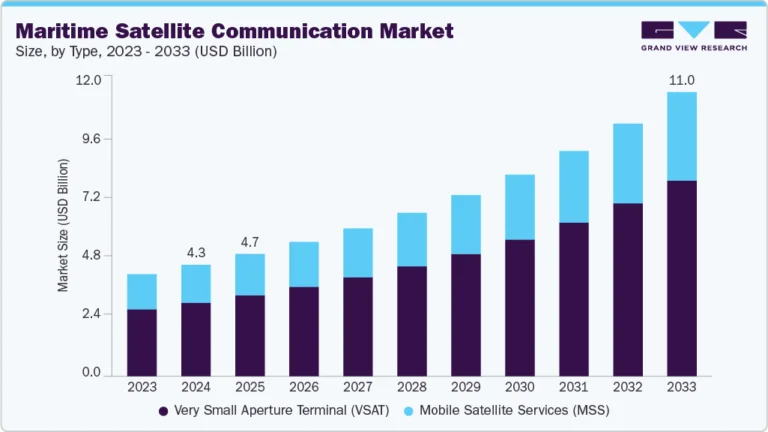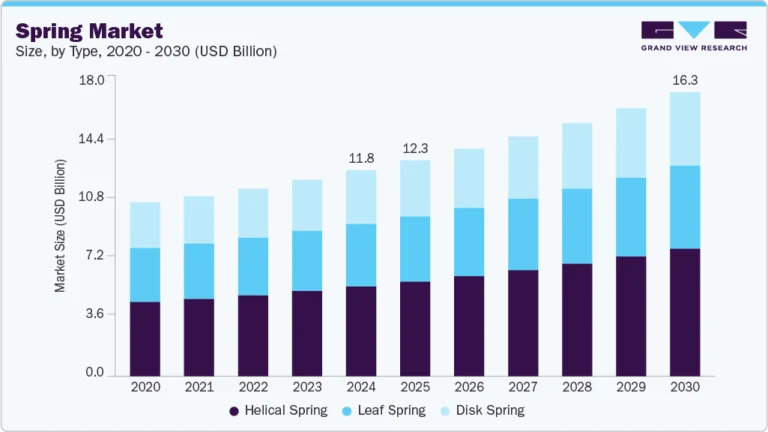AI Shopping Assistant Market Size, Share & Trends Analysis growing at a CAGR of 26.9% from 2025 to 2033

The global AI shopping assistant market size was estimated at USD 3.36 billion in 2024 and is projected to reach USD 28.54 billion by 2033, growing at a CAGR of 26.9% from 2025 to 2033. This growth is driven by the increasing demand for personalized, real-time customer engagement across digital retail platforms, powered by advancements in natural language processing and conversational AI.
Key Market Trends & Insights
- North America dominated the global AI shopping assistant market with the largest revenue share of 39.9% in 2024.
- The AI shopping assistant industry in the U.S. is expected to grow at a significant CAGR over the forecast period.
- By offering, the solution segment led the market with the largest revenue share of 69.6% in 2024.
- By technology, the natural language processing (NLP) segment accounted for the largest market revenue share in 2024.
- By type, the text segment accounted for the largest market revenue share of 45.1% in 2024.
Market Size & Forecast
- 2024 Market Size: USD 3.36 Billion
- 2033 Projected Market Size: USD 28.54 Billion
- CAGR (2025-2033): 26.9%
- North America: Largest market in 2024
- Asia Pacific: Fastest Growing Market
Request a free sample copy or view report summary: https://www.grandviewresearch.com/industry-analysis/artificial-intelligence-ai-shopping-assistant-market-report/request/rs1
The market growth is driven by growing consumer demand for personalized and seamless retail experiences. Increasing digitalization drives this demand by enabling customers to seek smooth, individualized, and efficient shopping journeys that traditional customer service models struggle to provide. AI shopping assistants leverage Natural Language Processing (NLP), Machine Learning (ML), and data analytics to offer real-time product recommendations, answer queries, and guide users through e-commerce platforms. Rising disposable incomes globally also contribute, as consumers look for convenient and tailored purchasing options that enhance their shopping satisfaction.
Moreover, the expanding adoption of conversational AI and self-service shopping tools across industries supports the market’s growth. AI shopping assistants are becoming more interactive, incorporating voice, text, and visual modes to engage customers on multiple platforms such as websites, mobile apps, and social media. Advances in generative AI and computer vision further enrich the shopping experience by enabling features such as virtual try-ons and dynamic product discovery. In addition, increasing integration of AI assistants into social commerce and omnichannel retail strategies enhances customer engagement and retention, driving broader market expansion.
Furthermore, market growth also depends on continuous innovation in AI technologies and increasing investments by major players to improve personalization and automation. For instance, in January 2025, NVIDIA Corporation introduced the NVIDIA AI Blueprint for retail shopping assistants, a generative AI reference framework aimed at revolutionizing online and in-store shopping experiences. Developed on the NVIDIA Omniverse and NVIDIA AI Enterprise platforms, this blueprint enables developers to build AI-powered assistants that complement and support human staff. The ability of AI shopping assistants to handle large volumes of customer interactions 24/7 and provide tailored solutions supports scalability for retailers. Moreover, expanding applications beyond retail into sectors such as healthcare and BFSI contribute to the market’s diversification. Despite data privacy and security challenges, ongoing efforts to address these concerns aim to build consumer trust, allowing AI shopping assistants to play a larger role in shaping the future of commerce.
Offering Insights
The solution segment led the market with the largest revenue share of 69.6% in 2024, due to its comprehensive offerings that directly address retailers’ needs for AI-powered shopping assistants. These solutions include recommendation engines, virtual assistants, and voice-activated tools that integrate seamlessly with e-commerce platforms. Retailers prefer ready-to-use AI solutions that enhance customer engagement, improve conversion rates, and reduce operational costs. The ability to customize and scale these solutions across multiple channels, such as websites, mobile apps, and social media platforms, supports their widespread adoption, driving significant revenue share.
The services segment is predicted to experience at the fastest CAGR during the forecast period. Services related to AI shopping assistants, including consulting, integration, and support, gain momentum as businesses seek expert guidance to implement and optimize AI technologies. The growing complexity of AI systems and the need for ongoing maintenance, training, and customization create demand for professional services. In addition, as more enterprises adopt AI assistants, service providers expand their offerings to cover data management, analytics, and performance monitoring, contributing to the segment’s accelerated growth.






